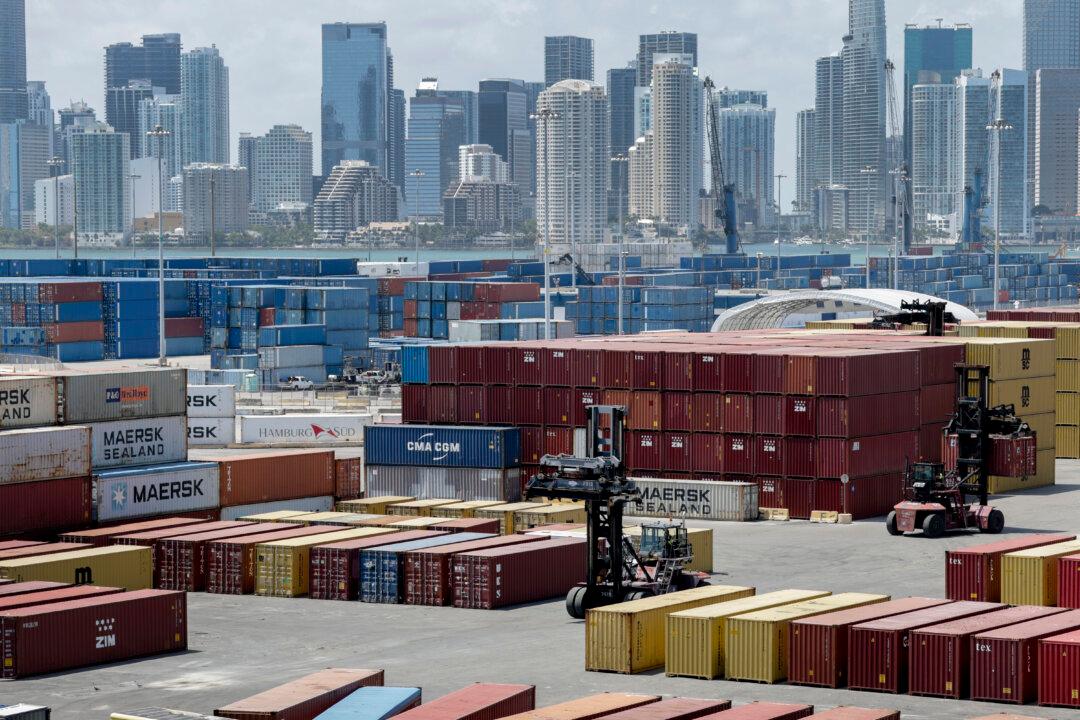The 2022 deadly mass shooting at a school in Uvalde, Texas, could have been stopped sooner, according to a new Department of Justice (DOJ) report describing the law enforcement response as a “failure.”
“I told the families gathered last night what I hope is clear among the hundreds of pages and thousands of details in this report: Their loved ones deserved better,” Attorney General Merrick Garland said on Jan. 18 at a news conference in Uvalde.
Because of the “cascading” errors,“ 33 students and three of their teachers ... were trapped in a room with an active shooter for over an hour as law enforcement officials remained outside,” he said. “The law enforcement response at Robb Elementary on May 24, 2022, and the response by officials in the hours and days after was a failure.”
The shooter, Salvador Ramos, was killed roughly 77 minutes after police arrived on the scene, when a tactical team led by the U.S. Border Patrol eventually went into the classroom to take him down. Nineteen children and two teachers were killed in incident, officials have said.
Meanwhile, the DOJ report underscores how police made a costly error in assuming that the shooter was barricaded, or otherwise contained or dead, even as he continued to fire shots. That “[mistaken] mindset permeated throughout much of the incident response,” as police, rather than rushing inside the classrooms to end the carnage, waited for nearly an hour to confront the attacker in what the report called a costly “lack of urgency.”
“The resulting delay provided an opportunity for the active shooter to have additional time to reassess and reengage his deadly actions inside the classroom,“ the report reads. ”It also contributed to a delay in medical interventions with the potential to impact survivability.”
It further stipulates that during the incident, “no one assumed a leadership role to direct the response toward the active shooter, provide situational status to responding officers, establish some form of incident command, or clearly assume and communicate the role of incident commander.”
There were, according to the report, at least six separate instances of gunshots, officer injuries, the presence of victims, and about 45 rounds being fired in the presence of law enforcement officials.
“An active shooter with access to victims should never be considered and treated as a barricaded subject,” the report also states, with the word “never” emphasized in italics.
Officials also hindered the response, with the then-school district Police Chief Pete Arredondo discarding his radios on arrival because he deemed them unnecessary. Although Mr. Arredondo tried to communicate by phone with officers elsewhere in the school hallway, he told them not to enter the classrooms “because he appeared to determine that other victims should first be removed from nearby classrooms to prevent further injury.”
However, it wasn’t just Mr. Arredondo who was faulted. Uvalde County Sheriff Ruben Nolasco didn’t have training for incident command leadership, the DOJ noted; it also criticized Uvalde’s acting police chief, Mariano Pargas.
“No leader effectively questioned the decisions and lack of urgency of [the local law enforcement leaders],” the report states.

“The most significant failure was that responding officers should have immediately recognized the incident as an active shooter situation, using the resources and equipment that were sufficient to push forward immediately and continuously toward the threat until entry was made into classrooms 111/112 and the threat was eliminated,” the report concludes, in part.
The delayed response countered active-shooter training that emphasizes confronting the attacker, a standard established more than two decades ago after the mass shooting at Columbine High School showed that waiting cost lives.
As what happened during the shooting has become clear, the families of some victims have denounced police as cowards and demanded resignations. At least five officers have lost their jobs, including two Texas Department of Public Safety officers and the on-site commander, Mr. Arredondo.
Javier Cazares, father of a girl who was shot and killed, questioned whether she could have survived if officers responded sooner.
“She wasn’t shot in the very beginning,” he said in April 2023. “She was shot somewhere in the middle. If they had gone in 30 minutes, 40 minutes earlier, maybe she would be alive.”







